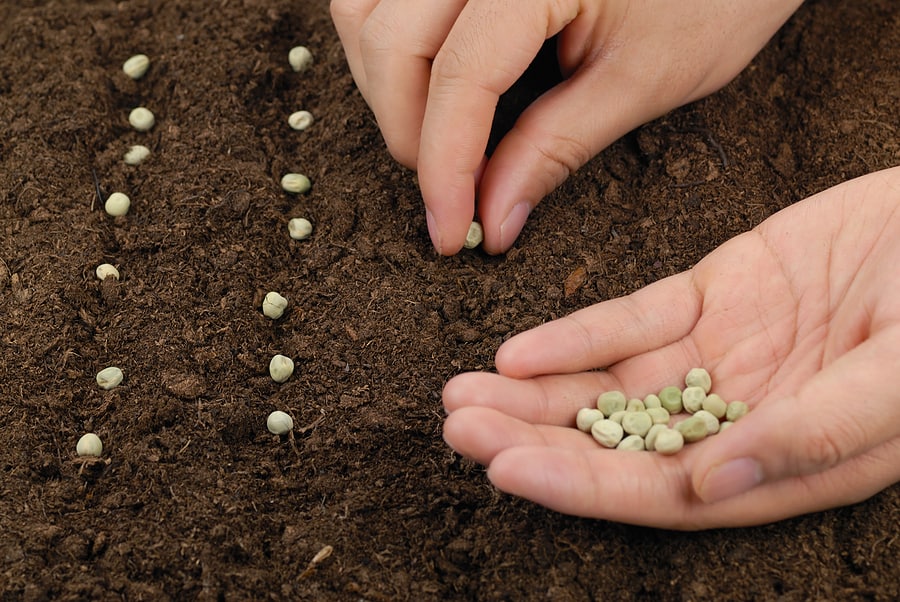The tea gardens are set up on the cleared hill slopes, where shade trees are planted in advance, to protect the bushes from the hot sun.
1. Sowing:
The seeds are first planted in the raised nursery beds. After about one year, when the plants reach a height of about 20 cm, the saplings are transplanted in the main garden. They are arranged in rows, about 1 metre apart. About 8000 tea bushes are sown in one hectare. Now a days, cuttings of high-yielding plants are also used in place of seeds.
2. Pruning:
ADVERTISEMENTS:
If a tea bush is allowed to grow fully, it can reach a height of about 10 metres. However, the bush is constantly pruned to maintain a height of about 1 to 1.5 metres. This helps not only in picking of tea leaves, but also in the growth of new shoots bearing soft and tender leaves. Pruning also helps in maintaining the shape of a tea bush. In India, pruning is mostly done once in two or three years.
3. Picking:
The picking of tea leaves is a skilful job and needs patience and judgement. In a tea garden, one can see a number of women standing between the tea bushes. Each one of them has a basket, strapped to their backs.
The first picking can be done at the end of the third year, but the tea bush is fully ready for picking after 5 years. The new shoots or flush have a bud and several leaves. Two tender leaves and a bud are usually plucked from each stem. The best quality tea can be made only from such leaves.
In India, picking is much more frequent than in China and Japan. At lower elevations, tea is picked after every 10 days during the growing season. At higher elevations, it is done after every 15 days. On an average, there are about 15 to 20 pickings in a year. A skilled picker can pluck about 50 kg of tea leaves in one day. Plucking is done manually.
4. Processing:
ADVERTISEMENTS:
Almost every tea plantation has a processing unit. The quality of tea depends on its method of processing and the amount of blending. According to the traditional methods, the processing of tea leaves has to pass through the following stages:
a. The fresh tea leaves are spread very thin in bamboo trays. Hot air is blown over these trays to reduce excessive moisture from the tea leaves. This makes the leaves soft. This is called withering.
b. The soft leaves are pressed through the steel rollers. The leaves are twisted to break the fibre and bring out the natural juice in them. This is called curling.
c. After curling, the leaves are spread out on clean sheets for fermenting under controlled temperature and humidity. After fermenting, the leaves become black in colour.
ADVERTISEMENTS:
d. The fermented leaves are dried by passing them through an oven. Now this becomes the black tea.
e. The dried leaves are sorted according to size and then blended accordingly.
Now a days, a CTC machine is widely used for the processing tea leaves. CTC stands for crushing, tearing and curling. This machine combines all the stages of tea processing in one. Tea grown in different gardens and in different climatic and soil conditions, have different flavours. Various types of tea are tasted and blended to ensure the consistency of the flavour.

